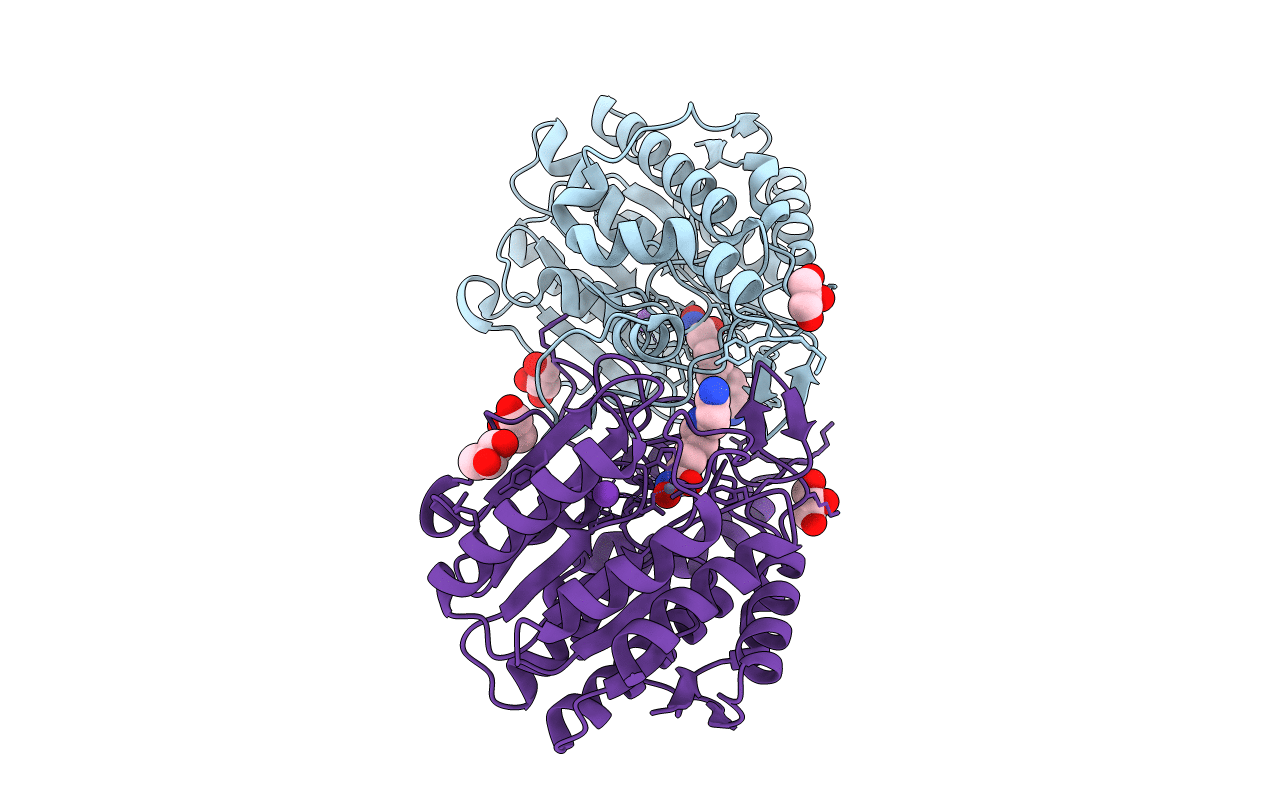
Deposition Date
2015-05-17
Release Date
2015-07-29
Last Version Date
2023-09-27
Entry Detail
PDB ID:
4ZUO
Keywords:
Title:
Crystal structure of acetylpolyamine amidohydrolase from Mycoplana ramosa in complex with a hydroxamate inhibitor
Biological Source:
Source Organism:
Mycoplana ramosa (Taxon ID: 40837)
Host Organism:
Method Details:
Experimental Method:
Resolution:
1.33 Å
R-Value Free:
0.14
R-Value Work:
0.13
R-Value Observed:
0.13
Space Group:
P 1 21 1


